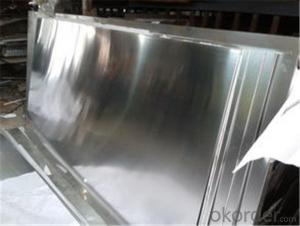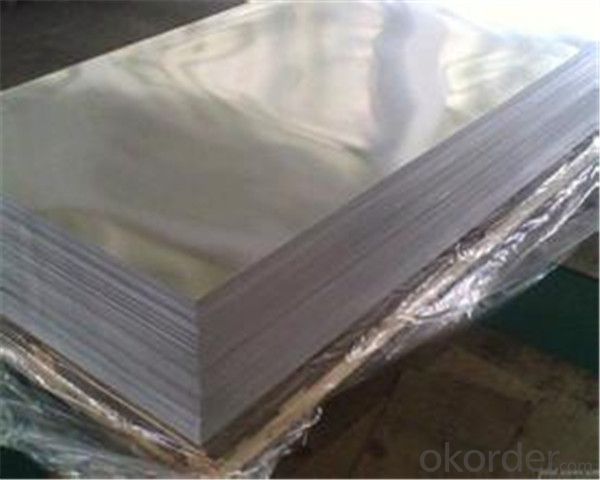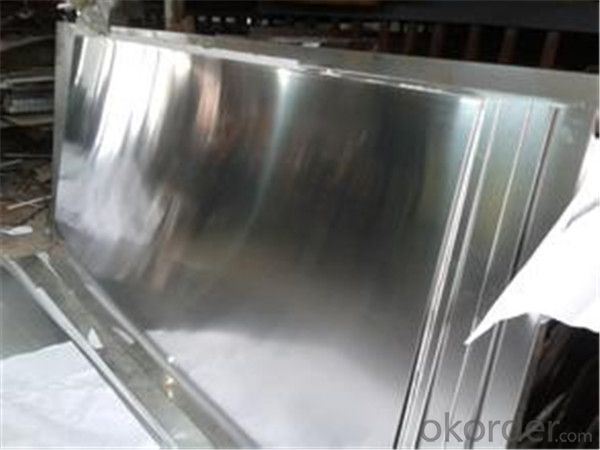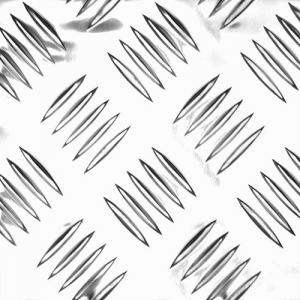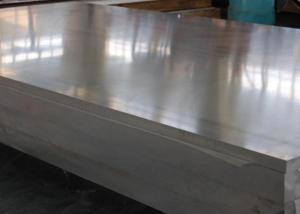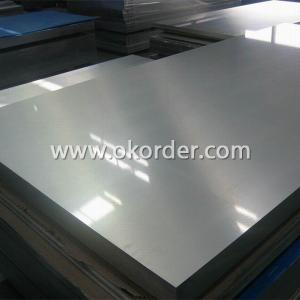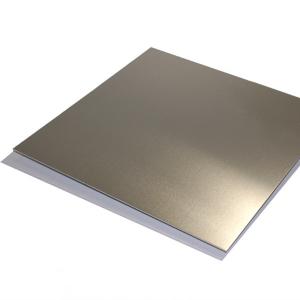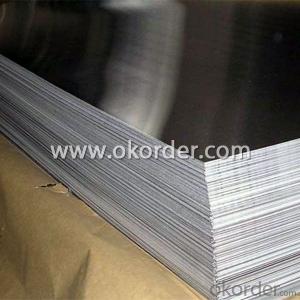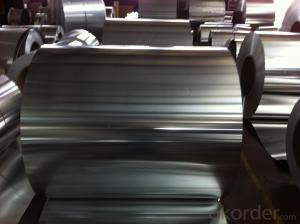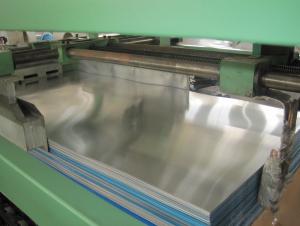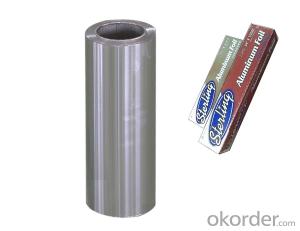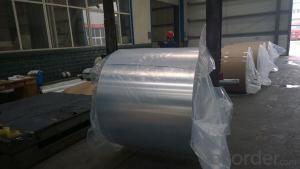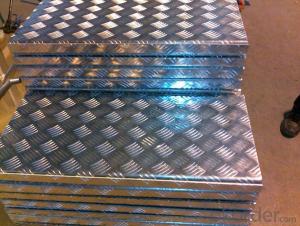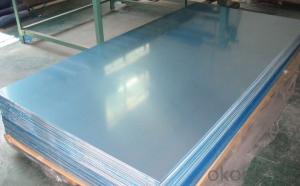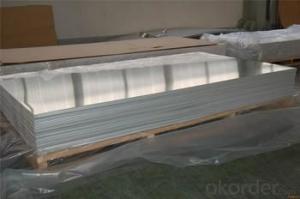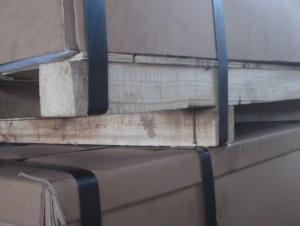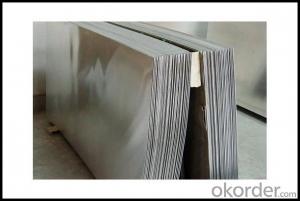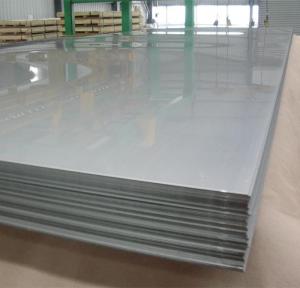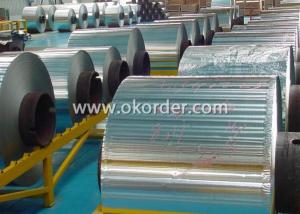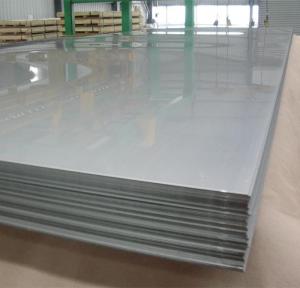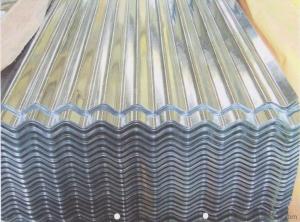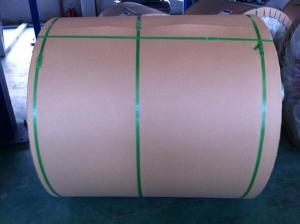Aluminum Sheet Metal Sheets - Decorative Mirror Finish Anodized
- Loading Port:
- Shanghai
- Payment Terms:
- TT OR LC
- Min Order Qty:
- 5 m.t.
- Supply Capability:
- 10000 m.t./month
OKorder Service Pledge
OKorder Financial Service
You Might Also Like
Product Description
Decorative Mirror Finish Anodized Aluminum Sheet is also known as Trandplate, Floor Plate, Chequer Plate, Checkered Plate, Chequered Floor Plate, Checker Plate and Check Plate. It is made of anti-corrosion aluminum alloy stock, rolled with special and beautiful embossing shape. It has the property of anti-sliding, anti-corrosion,easy cleaning and high mechanical strength.
l Specification
Description of aluminum alloy sheet | |
Alloy No: | 1100 1050 1060 1070 1230 3003 3004 3005 3104 3105 5005 5052 5754 5083 |
Temper: | O -- H112 |
Thickness: | 0.08-150mm |
Width: | 150-2000m |
Surface Quality: | Free from Oil Stain, Dent, Inclusion, Scratches, Stain, Oxide Discoloration, Breaks, Corrosion, Roll Marks, Dirt Streaks and other defect which will interfere with use. |
Packaging: | Wooden pallets with paper intereaved or customized packing ways are welcomed |
Application: | construction , decoration,packaging, printing. |
Loading Port: | Shanghai (any port in China). |
Remark: | Specific requirement of alloy grade, temper or specification can be discussed at your request. |
MOQ: | 5 Tons |
Price term: | FOB, CFR, CIF |
Payment term: | TT, L/C |
Packaging & Shipping
Packaging detail: wooden cases that are suitable for long distance exporting
Delivery detail: 25-30 days after receiving L/C or payment in advance
Photos
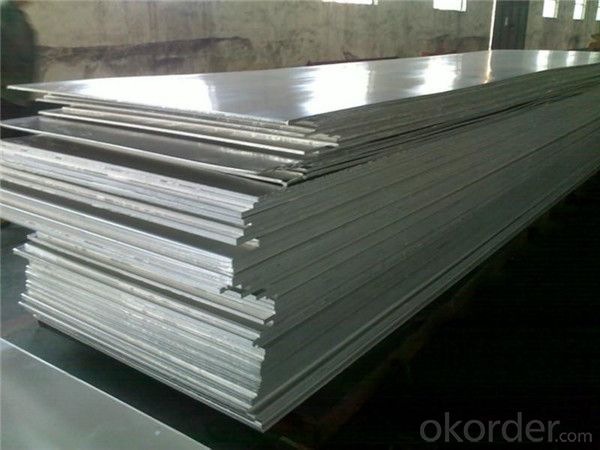
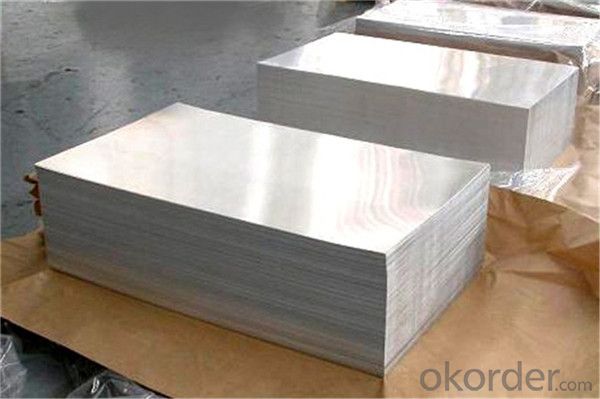
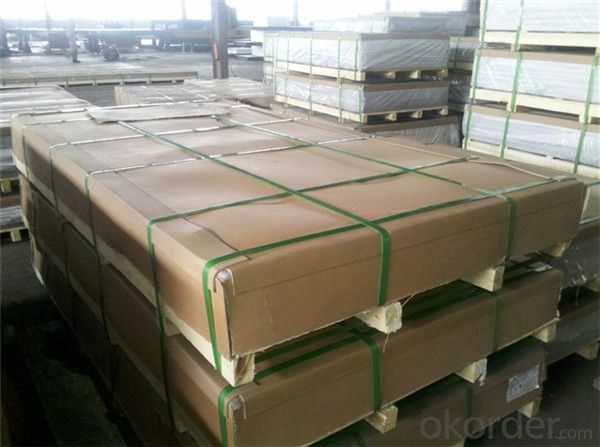
- Q: Can aluminum sheets be used for furniture manufacturing?
- Yes, aluminum sheets can be used for furniture manufacturing. Aluminum is a lightweight, durable, and corrosion-resistant material, making it suitable for various furniture applications such as tables, chairs, cabinets, and shelves. Its versatility allows for different designs and finishes, making it a popular choice in modern and contemporary furniture styles. Additionally, aluminum's recyclability makes it an environmentally friendly option in the furniture industry.
- Q: Are the aluminum sheets suitable for aerospace applications?
- Indeed, aluminum sheets prove to be a suitable choice for aerospace applications. The aerospace industry widely embraces aluminum due to its exceptional strength-to-weight ratio, resistance against corrosion, and high thermal conductivity. These remarkable attributes render aluminum an ideal material for fabricating aircraft structures, such as fuselages, wings, and structural components. Moreover, aluminum can be effortlessly machined and shaped into intricate forms, enabling the production of lightweight and streamlined structures. Additionally, aluminum sheets can be easily joined using various techniques, including welding and riveting, ensuring the integrity of aerospace components. All in all, aluminum sheets are highly compatible with aerospace applications and have been extensively employed in the industry for numerous years.
- Q: What are the common thicknesses available for aluminum sheets?
- The common thicknesses available for aluminum sheets range from 0.006 inches to 0.25 inches, with standard options including 0.016, 0.020, 0.025, 0.032, 0.040, 0.050, and 0.063 inches.
- Q: This question asks for methods to determine if a building is utilizing high-quality aluminum sheets.
- <p>To determine if a building is using high-quality aluminum sheets, look for the following characteristics: the sheets should have a uniform and smooth surface without visible defects or impurities. Check for a strong and consistent thickness throughout the material. High-quality aluminum is also resistant to corrosion and should not show signs of rust or pitting. Additionally, the sheets should be lightweight yet rigid, indicating a high strength-to-weight ratio. You can also inquire about the manufacturer's specifications and certifications, as reputable suppliers will provide detailed information about the quality and composition of their aluminum sheets.</p>
- Q: Can aluminum sheets be used for packaging applications?
- Yes, aluminum sheets can be used for packaging applications. Aluminum is a lightweight, corrosion-resistant, and durable material, making it an excellent choice for packaging various products. It provides a barrier against moisture, oxygen, and light, which helps to preserve the quality and freshness of the packaged goods. Aluminum sheets can be easily formed into different shapes and sizes, allowing for customization and branding options. They are commonly used for packaging food and beverages, pharmaceuticals, cosmetics, and other consumer goods. Additionally, aluminum sheets are recyclable, making them a sustainable choice for packaging applications.
- Q: only aluminum source i have is mountain dew cans any way to turn them quickly into a powder?or any other ideas?
- www.okorder sells both iron oxide and aluminum powder. Their CH0174 aluminum makes a great thermite. Way easier to just buy the stuff by the pound than than grinding aluminum cans or breaking apart etchasketches.
- Q: Can aluminum sheet be used in marine environments?
- Yes, aluminum sheet can be used in marine environments. Aluminum is a popular material choice for marine applications due to its excellent corrosion resistance. It forms a protective oxide layer on its surface, which helps to prevent further corrosion even in saltwater environments. Additionally, aluminum is lightweight, which makes it an ideal choice for marine applications where weight reduction is crucial. Aluminum sheet is commonly used in boat hulls, decks, and other marine structures due to its durability, strength, and resistance to corrosion.
- Q: i know the 4100 is aluminum........im wondering if this one is also..
- Yes, the whole thing is aluminum
- Q: What are the cost considerations when purchasing aluminum sheets?
- There are several cost considerations when purchasing aluminum sheets. Firstly, the size and thickness of the sheets will affect the price, with larger and thicker sheets generally being more expensive. Additionally, the grade and quality of the aluminum will impact the cost, as higher-grade alloys tend to be pricier. The quantity of sheets being purchased also plays a role, as bulk orders often come with discounts. Finally, transportation and delivery costs should be taken into account, especially if the supplier is located far from the buyer.
- Q: Can aluminum sheets be etched or engraved?
- Yes, aluminum sheets can be etched or engraved.
Send your message to us
Aluminum Sheet Metal Sheets - Decorative Mirror Finish Anodized
- Loading Port:
- Shanghai
- Payment Terms:
- TT OR LC
- Min Order Qty:
- 5 m.t.
- Supply Capability:
- 10000 m.t./month
OKorder Service Pledge
OKorder Financial Service
Similar products
Hot products
Hot Searches
Related keywords

